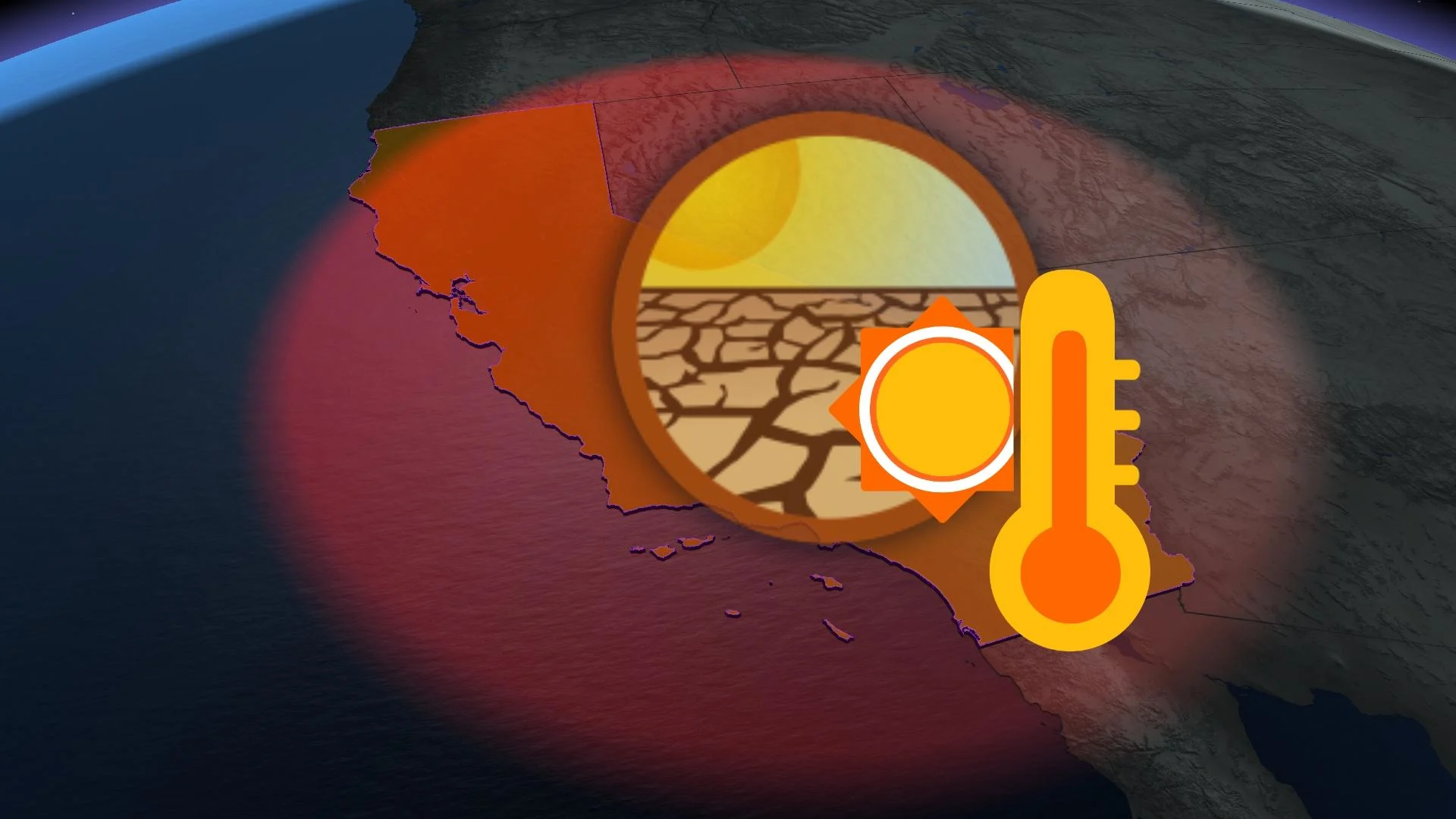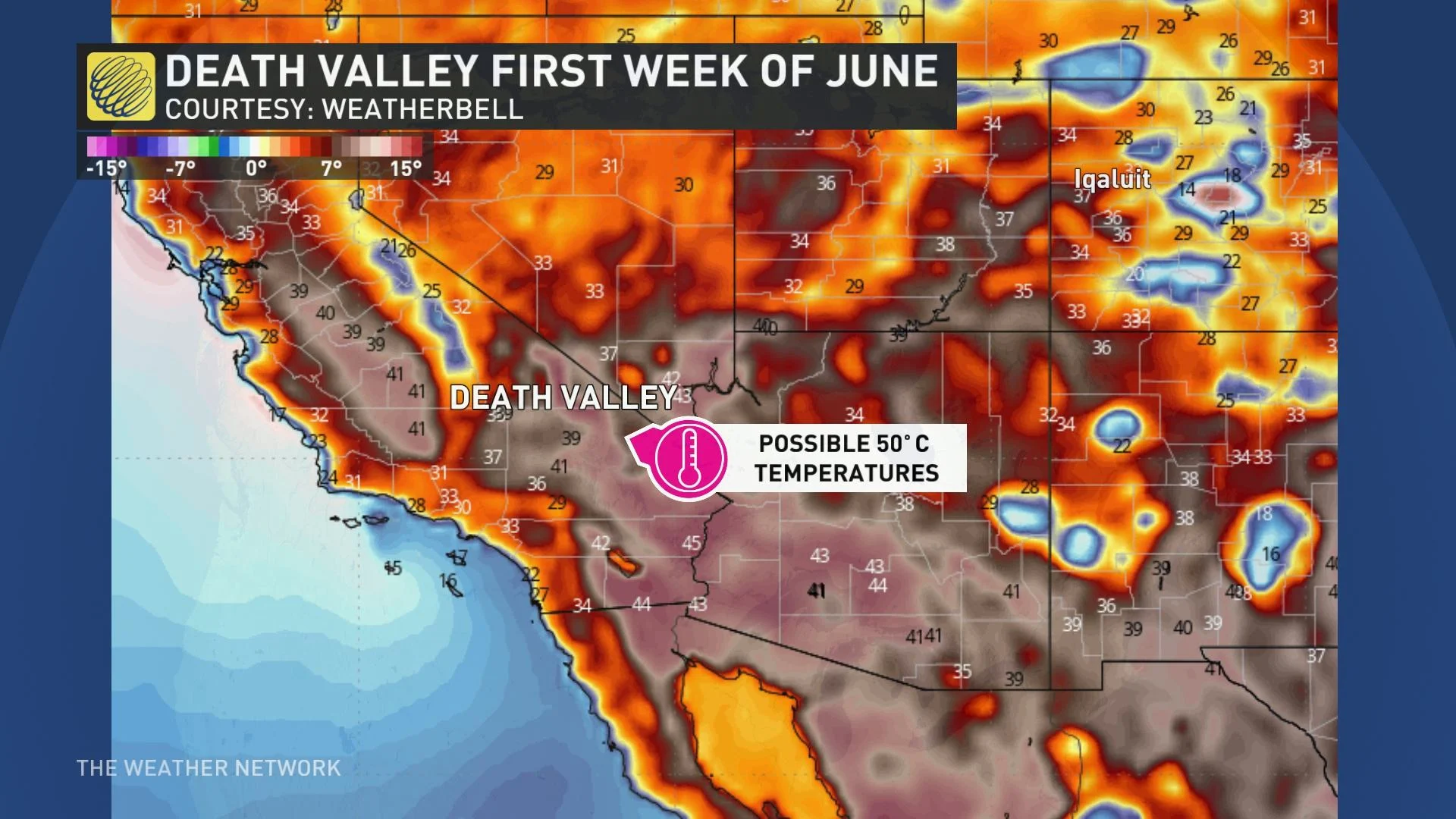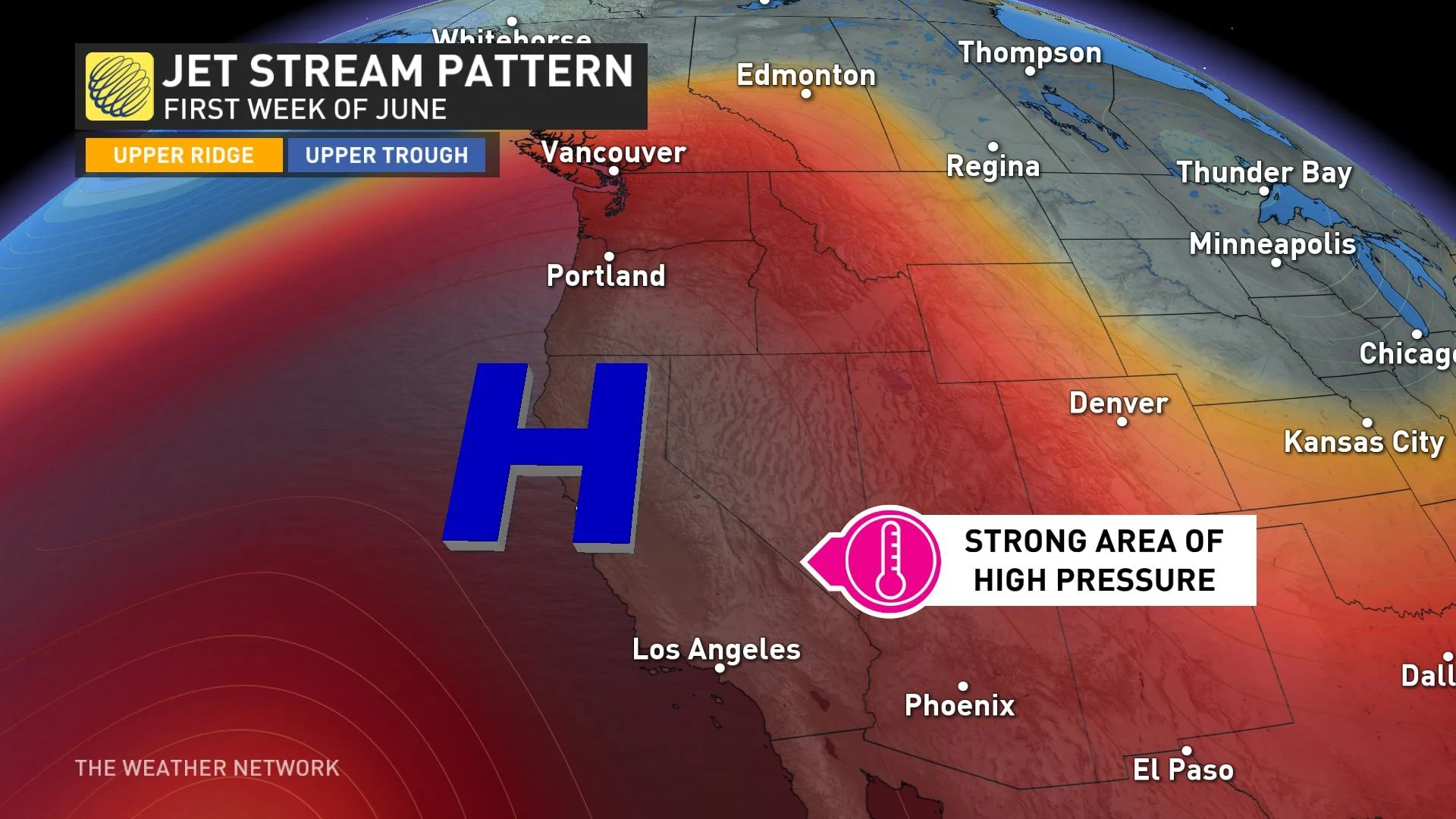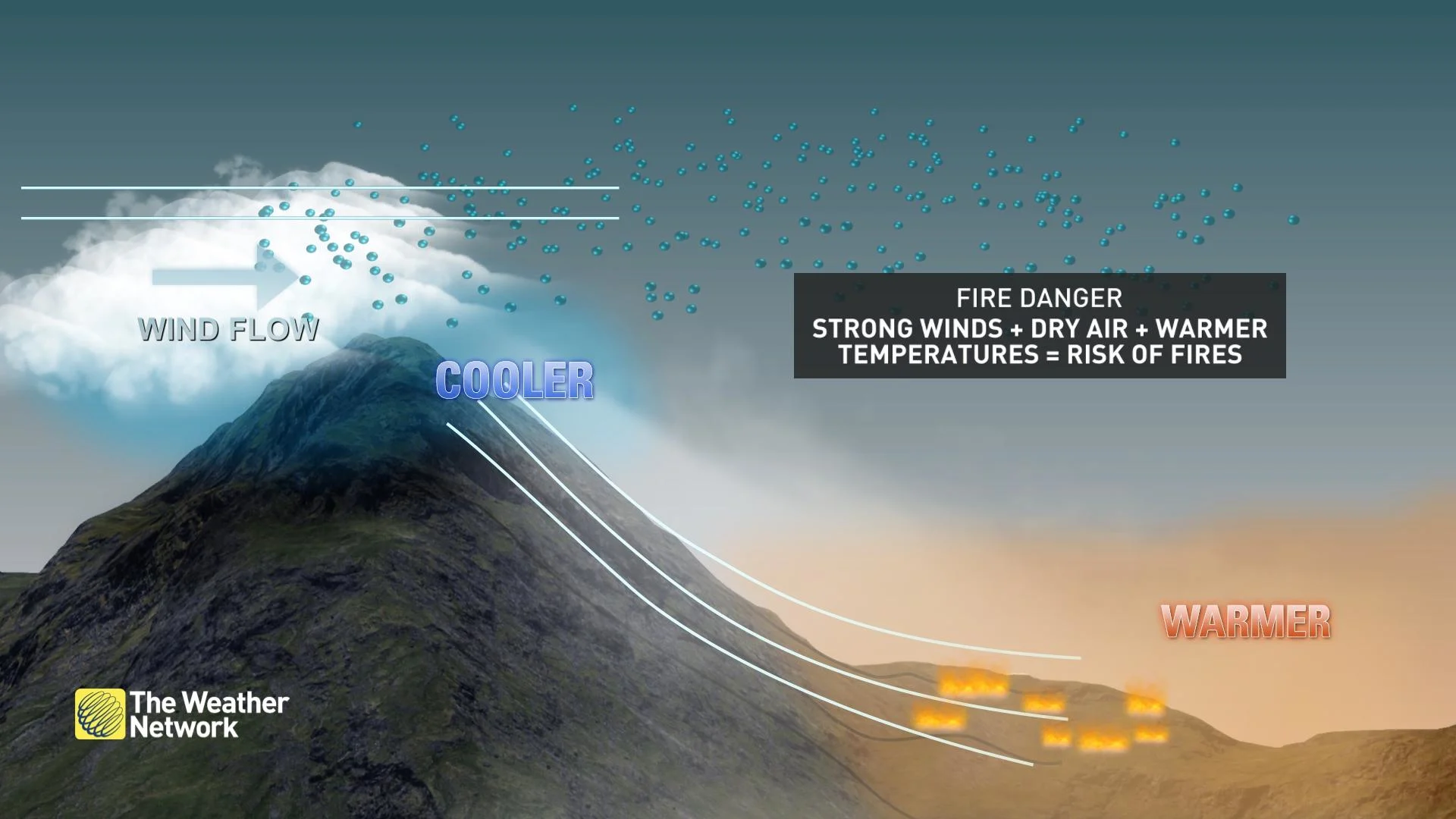
How Death Valley can reach the hottest temperatures on Earth
The hottest place on Earth could reach 50°C this week. The Weather Network recently visited the California desert to explore what is routinely behind the heat
One of Death Valley's claims to fame is holding the record for the world's hottest air temperature that was recorded in 1913 (approximately 57°C in Furnace Creek, Calif).
Because of that, it's been dubbed the hottest place on Earth with air temperatures that regularly climb into the mid-40s or higher.
An impending heat dome this week, the same event that will impact British Columbia, means Death Valley could exceed 50°C. It's not uncommon for summer temperatures to top 49°C, even in the shade, with overnight lows dipping into the mid-30s. The average temperature for June is 30°C.

Jaclyn Whittal, a meteorologist at The Weather Network, had the opportunity to experience the desert heat in person recently, accompanying the non-profit organization, impossible2Possible(i2P).
She was there with the group's youth ambassadors and its founder, Ray Zahab, a Canadian explorer and ultra-long distance runner. Together, they trekked in the extreme heat every day, sometimes up to 20 kilometres with 3,000-feet elevation gains.
"We would try to get shade where we could, and we were [sometimes] carrying up to six litres of water on our backs. The youth ambassadors did so well under very tough conditions. So did I, as I tried to keep up," said Whittal.

At night, while camping, the temperatures cooled slightly but not by much.
Death Valley acts like an oven because of the moments the hot air gets trapped and circulates like a convection oven.
"Even the lizards look for shade," said Whittal.
Why does Death Valley get so hot?
The reason why it gets so extremely hot is because of its elevation.
The scorching Death Valley is 7,800 square kilometres in size with challenging heat and elevation changes.

The Badwater Basin is a pure-white salt flat and sits at 282 metres below sea level –– making it the lowest point in all of North America. Because of that, and the tall mountains that line the valley, air sinks down the mountainsides and compresses and heats as it does. As a result, air temperatures get hotter and hotter.
Zahab will return to Death Valley in July to run his first north-to-south solo, unsupported trek at the hottest time of year.
With files from Jaclyn Whittal, a meteorologist at The Weather Network, and Nathan Howes, a digital reporter at The Weather Network.










